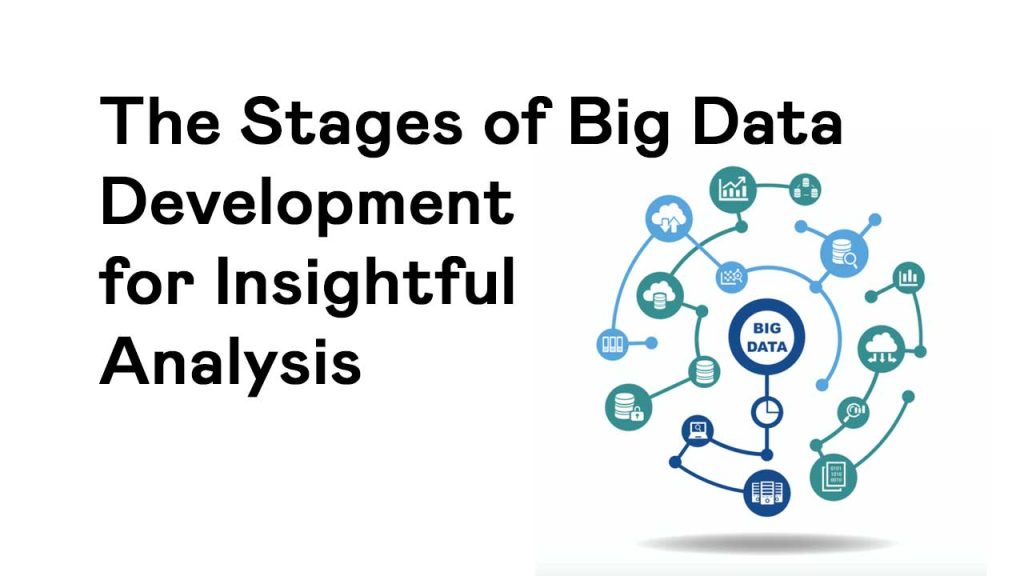What Beginners Need To Know About Cloud Computing

A guide to cloud computing essentials for beginners. Learn how this transformative technology works and its benefits for individuals and businesses alike.
Cloud computing refers to the delivery of computing services—such as storage, databases, servers, networking, software, and more—over the internet (“the cloud”). Instead of relying on local servers or personal devices to handle applications, cloud computing enables users to access resources remotely via the internet.
Cloud computing offers unparalleled flexibility, scalability, and cost-efficiency compared to traditional on-premises infrastructure. By leveraging cloud services, individuals and businesses can streamline operations, enhance collaboration, and drive innovation.
Understanding the Types of Cloud Computing
Cloud computing can be categorized into three main types:
-
Infrastructure as a Service (IaaS):
Provides virtualized computing resources over the internet, including virtual machines, storage, and networking.
-
Platform as a Service (PaaS):
Offers a platform allowing customers to develop, run, and manage applications without dealing with the underlying infrastructure.
-
Software as a Service (SaaS)
Delivers software applications over the internet on a subscription basis, eliminating the need for installation and maintenance.
Exploring the Benefits of Cloud Computing
-
Cost-Efficiency
One of the primary advantages of cloud computing is its cost-effectiveness. With cloud services, users can avoid hefty upfront investments in hardware and infrastructure. Instead, they pay for resources on a pay-as-you-go basis, optimizing costs and maximizing ROI.
-
Scalability and Flexibility
Cloud computing enables seamless scalability, allowing users to scale resources up or down based on demand. Whether you’re a startup experiencing rapid growth or an enterprise handling seasonal fluctuations, the cloud provides the flexibility to adapt to changing requirements effortlessly.
-
Enhanced Collaboration and Accessibility
By centralizing data and applications in the cloud, organizations can foster collaboration and improve accessibility. Employees can access files, documents, and software from anywhere with an internet connection, facilitating remote work and boosting productivity.
-
Improved Security and Reliability
Contrary to common misconceptions, cloud computing offers robust security measures to safeguard data and infrastructure. Cloud providers invest heavily in security protocols, encryption, and compliance certifications to ensure the confidentiality, integrity, and availability of data.
FAQs About Cloud Computing
Q- Is Cloud Computing Secure?
Yes, cloud computing employs advanced security measures, including encryption, access controls, and regular audits, to protect data from unauthorized access or breaches.
Q- How Does Cloud Computing Benefit Businesses?
Cloud computing offers numerous benefits for businesses, including cost savings, scalability, agility, and enhanced collaboration, ultimately driving innovation and competitive advantage.
Q- What Are Some Popular Cloud Service Providers?
Some of the leading cloud service providers include Amazon Web Services (AWS), Microsoft Azure, Google Cloud Platform (GCP), IBM Cloud, and Oracle Cloud.
Q_ Can I Access Cloud Services on Mobile Devices?
Yes, cloud services are accessible on a wide range of mobile devices, including smartphones and tablets, allowing users to stay connected and productive on the go.
Q- What Is the Difference Between Public and Private Cloud?
Public clouds are owned and operated by third-party providers, offering resources and services to multiple users over the internet. Private clouds, on the other hand, are dedicated to a single organization, providing enhanced control, security, and customization.
Q- How Can I Get Started with Cloud Computing?
To begin with cloud computing, you should explore various cloud service providers, assess your requirements, and consider factors such as cost, scalability, security, and compliance. Many providers offer free trials or credits to help you evaluate their services before making a commitment.
Conclusion
In conclusion, cloud computing has revolutionized the way individuals and businesses manage, store, and access data and applications. By harnessing the power of the cloud, you can unlock unprecedented opportunities for innovation, efficiency, and growth. Whether you’re a beginner exploring the basics or a seasoned professional seeking advanced solutions, cloud computing holds immense promise for the future of technology.


